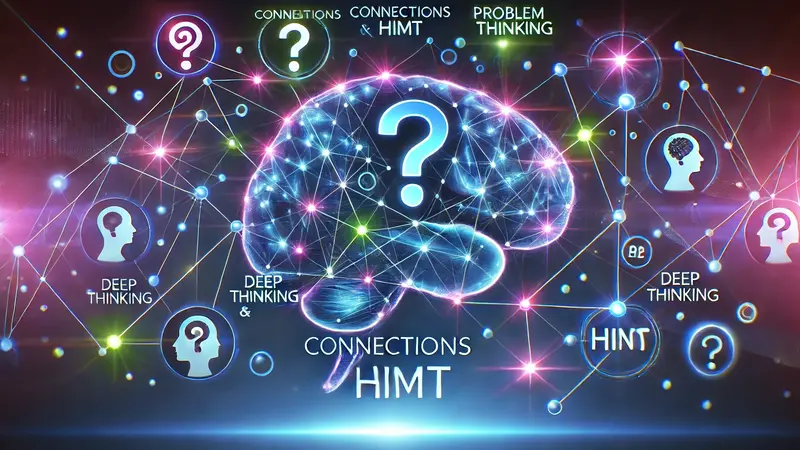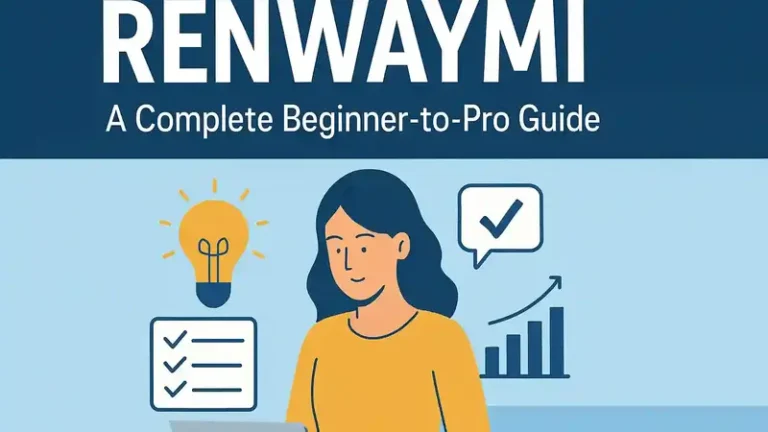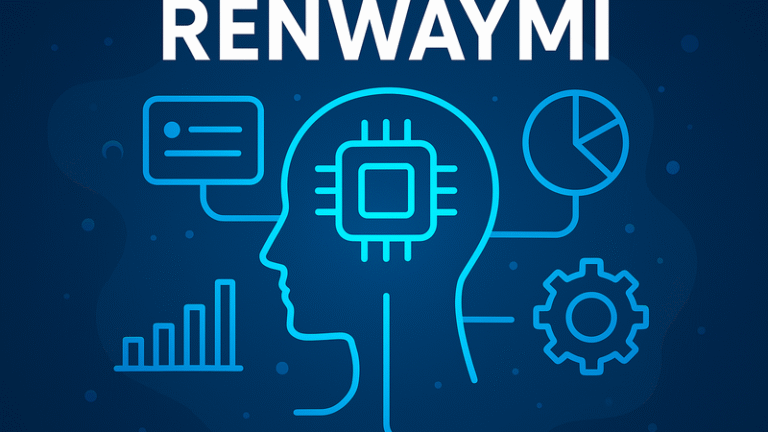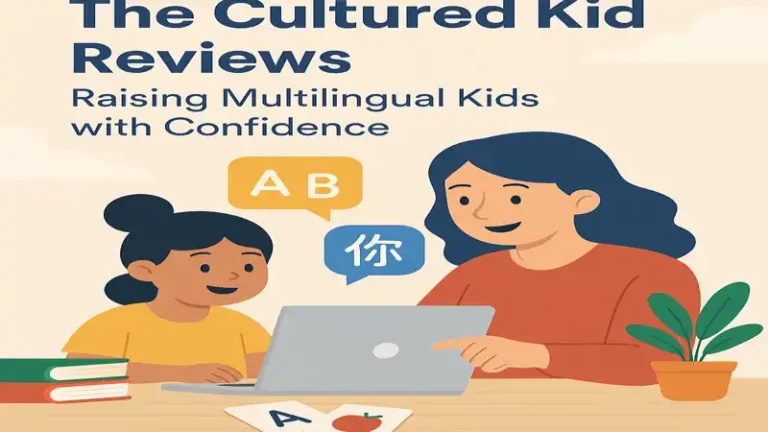
Introduction
In our rapidly evolving world, the ability to recognize and leverage subtle relationships between seemingly unrelated concepts is invaluable. This concept, often referred to as connections hint, plays a crucial role in problem-solving, creativity, and innovation. Whether in business, science, or everyday life, these hints serve as intellectual breadcrumbs that guide us toward unexpected insights and breakthroughs. This article delves into the meaning, psychology, benefits, and real-world applications of connections hint and provides strategies to harness their power effectively.
What Are Connections Hints?
A connections hint is a small piece of information that stimulates a mental association or link, leading to a solution, idea, or deeper understanding. These hints may appear insignificant at first but can spark profound insights when recognized and applied effectively.
Connections hints can manifest in various ways:
- A familiar pattern in an unfamiliar situation.
- A seemingly minor observation that triggers a broader realization.
- A memory that resurfaces at a crucial moment, providing a missing link in problem-solving.
- An analogy that helps clarify a difficult concept.
- A combination of past experiences that lead to a new and unique perspective.
Examples of Connections Hints in Action
- Scientific Discoveries: Alexander Fleming’s observation of mold killing bacteria led to the discovery of penicillin, a major breakthrough in medicine.
- Technology Innovations: The invention of Velcro was inspired by burrs sticking to a dog’s fur.
- Art and Design: Many famous artists, such as Leonardo da Vinci, blended science and art to create groundbreaking masterpieces.
- Business Strategies: Entrepreneurs often succeed by identifying trends from different industries and merging them into unique business models.
- Personal Growth: Self-improvement often comes from connecting different life lessons and applying them in a new way.
The Psychology Behind “Aha!” Moments
The sudden realization of a solution, often termed an “aha!” moment, is deeply rooted in cognitive psychology. Research indicates that these moments occur when the brain activates a network of associations, connecting stored memories and knowledge to form new insights.
How the Brain Processes Connections Hints
- Neural Networks Activation: When encountering a hint, the brain establishes links between related pieces of information, even if they were previously unconnected.
- Gamma-Wave Activity: Studies have shown that “aha!” moments are often associated with a burst of gamma-wave activity in the brain’s right temporal lobe, which is responsible for processing novel information.
- Subconscious Processing: Many breakthroughs happen when people are engaged in unrelated tasks, as the subconscious mind continues working in the background.
- Memory Recall: The brain often retrieves previous experiences and knowledge to form new associations.
- Pattern Recognition: The ability to spot connections is enhanced when the brain actively searches for patterns in data, images, and concepts.
Why Connections Hints Matter
Recognizing and using connections hints effectively can lead to:
- Enhanced Creativity: Making unique associations leads to innovative ideas.
- Improved Problem-Solving Skills: Recognizing subtle connections helps find solutions faster.
- Better Decision-Making: Understanding relationships between different factors enables informed choices.
- Business Growth: Identifying industry trends and customer behavior can provide a competitive edge.
- Personal Development: Strengthening cognitive flexibility enhances lifelong learning and adaptability.
- Strengthened Relationships: Recognizing emotional and behavioral patterns in others can improve communication and empathy.
- Efficient Learning: Students who make connections between subjects can understand complex topics more easily.
How to Recognize and Leverage Connections Hints
1. Cultivate Curiosity
A curious mindset allows you to explore new ideas and question existing assumptions. Ask yourself:
- How does this relate to something I already know?
- Can I apply this concept in a different context?
- What patterns or similarities do I notice?
- Have I encountered a similar situation in the past?
- What are the underlying principles connecting different ideas?
2. Engage in Cross-Disciplinary Exploration
Combining insights from various fields can reveal unexpected connections. For example:
- A marketer studying psychology can better understand consumer behavior.
- A scientist drawing from nature can develop sustainable engineering solutions.
- A musician inspired by mathematics can create innovative compositions.
3. Utilize Visualization Tools
Tools like mind maps, flowcharts, and network diagrams help visualize relationships between different ideas. This method is widely used in brainstorming sessions to generate innovative solutions.
4. Foster Collaborative Thinking
Interacting with people from diverse backgrounds exposes you to different perspectives. Engaging in discussions, networking events, and interdisciplinary projects can spark new insights.
5. Practice Mindfulness and Reflection
Being present in the moment enhances awareness of subtle cues in your surroundings. Practicing meditation or journaling can improve your ability to connect ideas effectively.
6. Keep a Connections Journal
Writing down observations, thoughts, and seemingly random ideas can help uncover patterns over time. Many successful people, including Leonardo da Vinci, kept detailed notebooks of their observations.
Real-World Applications of Connections Hints
1. Business and Entrepreneurship
- Steve Jobs successfully merged technology and design to create innovative Apple products.
- Elon Musk applies insights from multiple industries (e.g., automotive, space, and artificial intelligence) to drive innovation.
- Jeff Bezos connected customer convenience with digital retail to revolutionize e-commerce through Amazon.
2. Scientific Breakthroughs
- Marie Curie’s research on radioactivity led to revolutionary medical treatments.
- Dmitri Mendeleev created the periodic table by recognizing patterns in chemical elements.
- Albert Einstein’s ability to connect different physics principles led to the development of the theory of relativity.
3. Creative Industries
- Writers and artists often draw inspiration from historical events, literature, and nature.
- Filmmakers integrate real-world experiences to create compelling narratives.
- Fashion designers blend cultural influences to create trend-setting styles.
Conclusion
Connections hints are powerful tools that can enhance problem-solving, creativity, and innovation. By developing curiosity, engaging in cross-disciplinary exploration, utilizing visualization techniques, fostering collaborative thinking, and practicing mindfulness, you can unlock the potential of connections hints in both personal and professional life. Recognizing and applying connections hints effectively is the key to success. Many groundbreaking discoveries and innovations have emerged from seemingly minor associations. Stay observant, stay curious, and embrace the power of connections hints to unlock new ideas and opportunities!
For more update please visit my website:letflix



